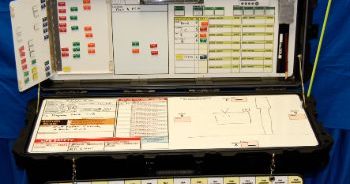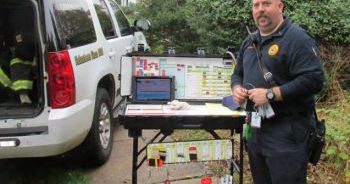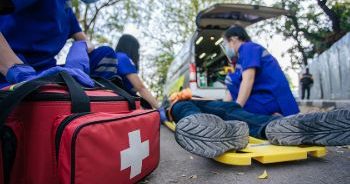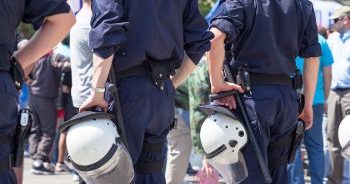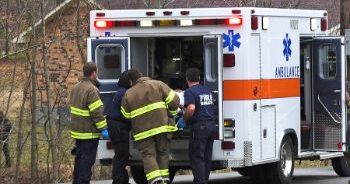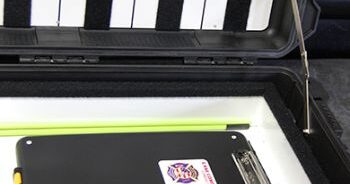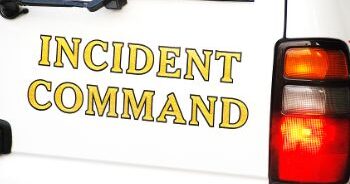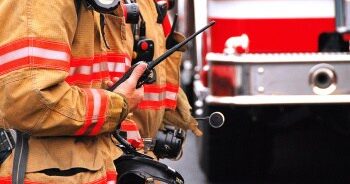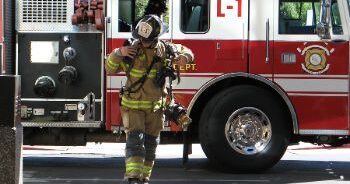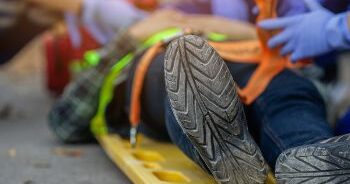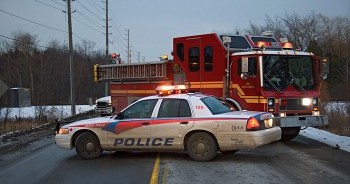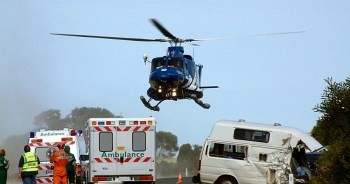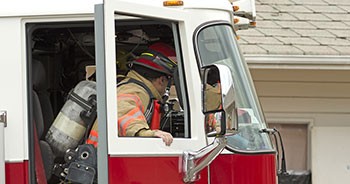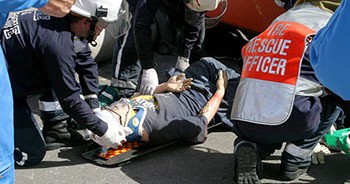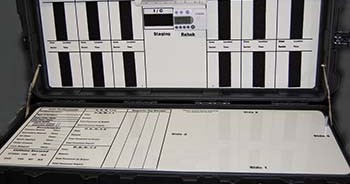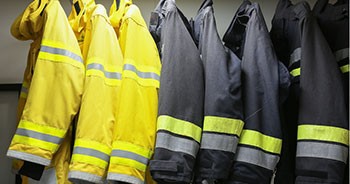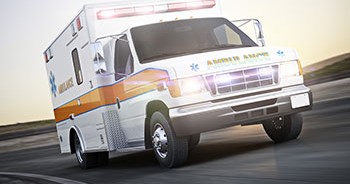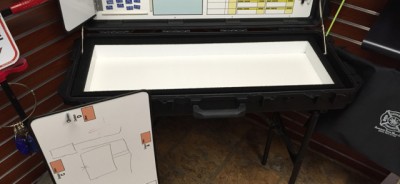EMS Safety Tips During Protests & Civil Unrest
We live in a free country, where we can gather and make sure our voices are heard. Unfortunately, what starts as a peaceful protest can quickly accelerate into an emergency situation and even injuries requiring the attention and expertise of first responders. With the information provided by EMS.gov and the NHTSA, we’ve put together these 6 EMS safety tips to help keep your teams safe during protests and times of civil unrest.
- Prepare Your Personnel
- Secure Your Station
- Limit Access To Your Apparatus
- Communicate With Your Community
- Coordinate Your Response Efforts
- Don’t Be Afraid To Modify Your Operations
1. Prepare Your Personnel
Your EMS safety strategy should, of course, start with the people you are trying to protect. We offer a variety of accountability tracking systems to help incident commanders know exactly who has arrived at on scene, where they have been assigned, and account for everyone as things wrap up.
In addition to keeping track of your EMS personnel, there are steps you can take on crowded scenes where both emotions and risks of violence are high.
Safety Strategies For Your People
- Wear civilian clothes to and from duty.
- Keep responder families in the loop.
- Work in assigned pairs or teams.
- Always carry a communications radio and lights.
- Develop and practice a communications code.
- Create and communicate rallying points for personnel.
2. Secure Your Station
Your home base needs to be secure just as much as the scene you are reporting to does. Your department building or station is your jumping-off point for action, a place of support, and to recoup at the end of duty. If you are located in an area prone to civil unrest or near a planned protest site, it’s important to take steps to secure your station.
Our equipment marker decals are a simple way to indicate what to take in the event of an evacuation — communications equipment, medications, etc.
Ways To Secure Your Station
- Lock all emergency response vehicles, doors, and windows.
- Make sure all station exteriors are well lit, including parking areas.
- Consider staffing a 24-hour watch desk.
- Always have someone monitoring radio traffic.
- Have a plan in place for abandoning the station.
3. Limit Access To Your Apparatus
Once you have a plan laid out for your EMS personnel and your station, it’s time to make sure nothing gets in the way of getting to and from a protest, or other scenes of civil unrest, safely. You’ll want to make sure vehicles are well maintained, and that anything on the exterior is as secure as possible from vandalism or from being used as a weapon against your first responders.
Our incident command systems used in conjunction with accountability tags can help you track emergency response teams and their associated apparatus as they arrive and leave.
- Limit access to and lock all exterior apparatus compartments.
- Perform routine maintenance regularly and during daylight hours.
- Tape and roll-up windows.
- Keep vehicles fueled up.
4. Communicate With Your Community
Keeping an eye on the pulse of your community can give you the heads-up you need in times of civil unrest. Knowing when and where a protest or other action might take place gives you an advantage in pre-planning response and safety tactics. You also get the opportunity to let the community know about and have realistic expectations regarding your response capabilities.
- Keep in touch with local governments and community leaders.
- Keep in touch with other first responders and emergency management departments.
- Identify and update possible scenes of large gatherings.
5. Coordinate Your Response Efforts
Responding to emergencies where large crowds of emotionally charged people are involved is often an effort of multiple departments. You’ll want to coordinate your incident action plans and practice communications between different jurisdictions and organizations. The safety of your EMS teams can depend greatly on fire response and police officers — and vice versa.
Our portable, user-friendly incident command boards and incident command systems can make tracking, updating, and communicating information easier during a multi-department response.
6. Don’t Be Afraid To Modify Your Operations
Riots, looting, and violence can stem from everything from a peaceful protest gone wrong to a disgruntled sports crowd. From scene size-up to time to go home, the potential risks to EMS safety can ebb and flow continually. You’ll want to monitor the status and types of threats, communicate appropriate responses, and modify your procedures to the changing situation.
Apparatus, patients, and personnel may need to be moved out of hot zones. You may need more or less security. There may even be a time to evacuate and leave the scene entirely for safety. EMS command boards can help you collect the information to make these decisions.
Tools That Help EMS Teams Stay Safe
At American Trade Mark, we can provide you with customized tools that support your EMS safety efforts during protests and other types of civil unrest. Make sure you know where your people are and that you’re doing everything you can to gather, track, and communicate crucial information to first responders.
Contact us today to ask about accountability tags, dry-erase command boards, and incident command systems for emergency responders.




